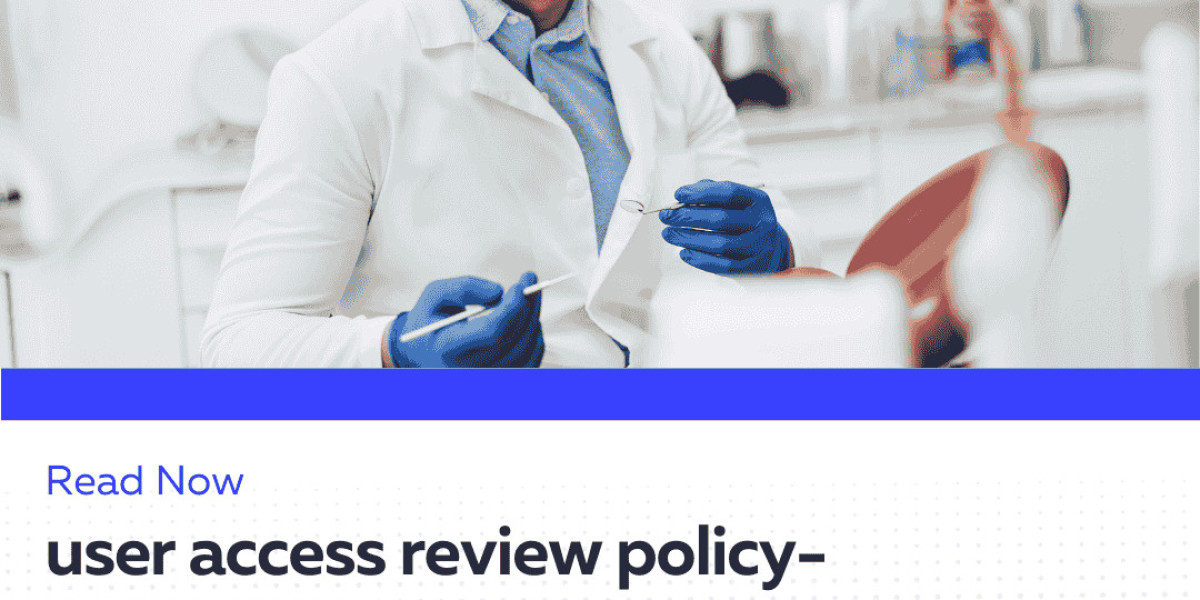Why a Checklist Matters
Access governance often feels overwhelming, especially when compliance deadlines loom and risks are constantly evolving. A structured checklist helps organizations simplify the process, ensuring nothing slips through the cracks. Whether preparing for a SOX user access review, updating a user access review policy, or conducting an identity and access management risk assessment, this step-by-step approach brings clarity and control.
Step 1: Define and Document Your User Access Review Policy
A strong user access review policy is the starting point. It should:
Identify the systems and applications covered by reviews.
Establish review frequency (quarterly for critical systems, annually for others).
Assign responsibilities to business managers and IT administrators.
Require documentation of all decisions, approvals, and remediation actions.
This written policy becomes the anchor for all governance activities.
Step 2: Conduct Regular SOX User Access Reviews
For organizations under Sarbanes-Oxley requirements, the SOX user access review is essential. A checklist for these reviews includes:
Verify that only authorized employees have access to financial systems.
Check for segregation of duties conflicts.
Ensure timely removal of access for departed employees.
Store evidence in a format easily retrievable during audits.
By following this process consistently, companies avoid audit gaps and reduce the risk of compliance violations.
Step 3: Perform an Identity and Access Management Risk Assessment
Beyond compliance, a broader identity and access management risk assessment ensures long-term resilience. This checklist includes:
Evaluate how accounts are created, modified, and deactivated.
Identify privilege creep or users accumulating unnecessary permissions.
Assess role design to ensure access aligns with business needs.
Highlight systemic weaknesses in onboarding and offboarding workflows.
These assessments provide visibility into risks that access reviews alone cannot uncover.
Step 4: Leverage Automation for Efficiency
Manual reviews often become a bottleneck. To streamline, automation tools like Securends help organizations:
Automatically route review tasks to the correct managers.
Provide simple dashboards for non-technical reviewers.
Highlight high-risk accounts for priority remediation.
Maintain an audit-ready evidence repository without manual effort.
Automation reduces the burden on IT and ensures consistency across review cycles.
Step 5: Train and Engage Business Owners
A checklist for success must include training:
Educate managers on their responsibilities in the review process.
Provide examples of inappropriate access to guide decision-making.
Encourage accountability by linking review outcomes to business risks.
When reviewers understand context, access decisions are more accurate and meaningful.
Step 6: Monitor and Improve Continuously
Governance is not a one-time task. To stay effective, organizations should:
Regularly update their user access review policy to reflect business and regulatory changes.
Adjust SOX review procedures based on auditor feedback.
Use findings from IAM risk assessments to improve controls.
This continuous improvement cycle ensures that governance evolves alongside the organization.
Putting It All Together
A well-structured checklist creates alignment between compliance and security:
The user access review policy provides the framework.
The SOX user access review delivers regulatory compliance.
The identity and access management risk assessment drives ongoing risk reduction.
By combining these elements and embracing automation, organizations strengthen both their compliance posture and their defense against insider threats.
Conclusion
Access governance doesn’t have to be overwhelming. With a practical checklist in place, organizations can manage reviews and assessments systematically. A clear user access review policy, timely SOX user access reviews, and regular identity and access management risk assessments create a proactive, sustainable model for governance. Platforms like Securends help make this model a reality.








